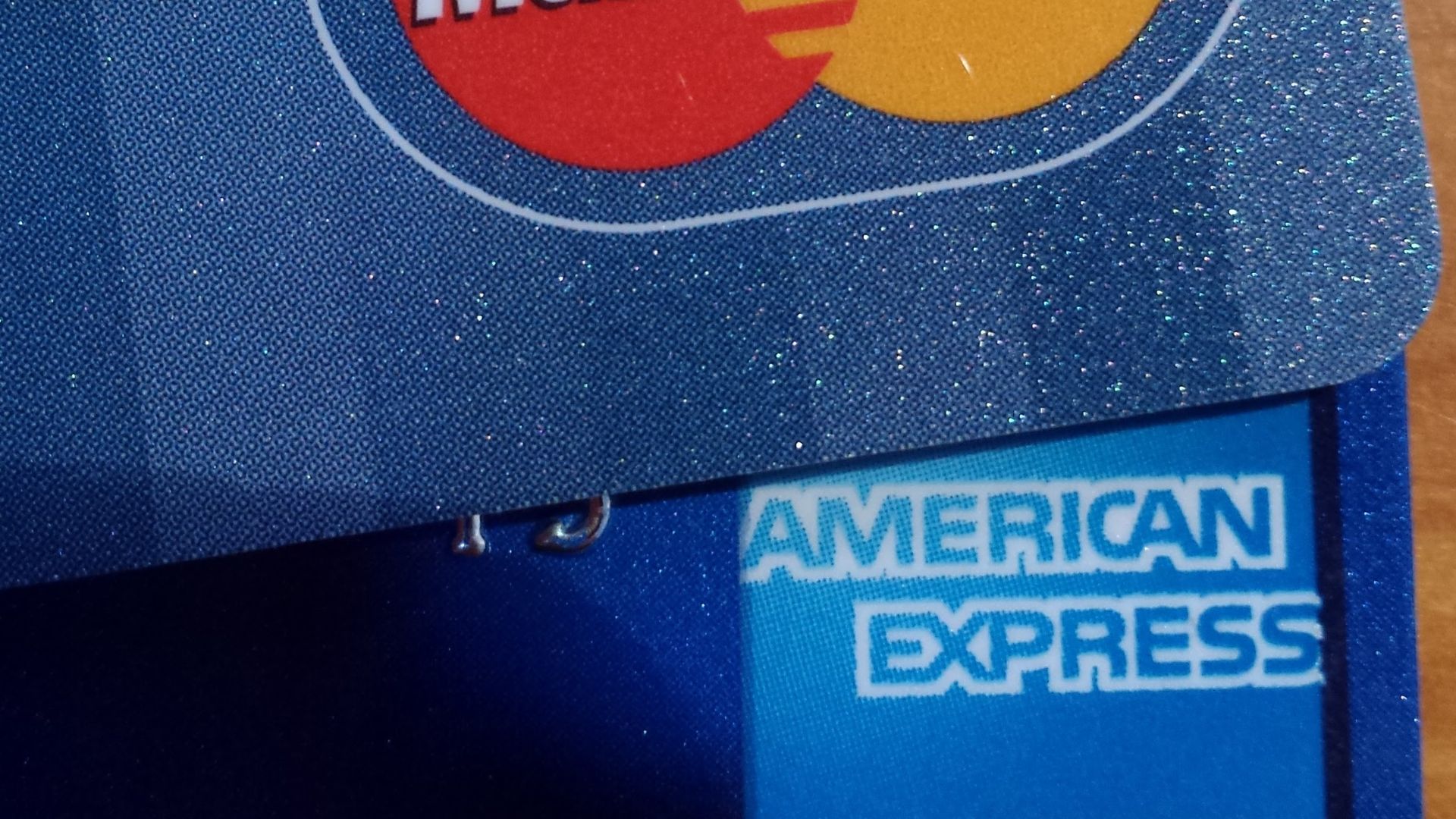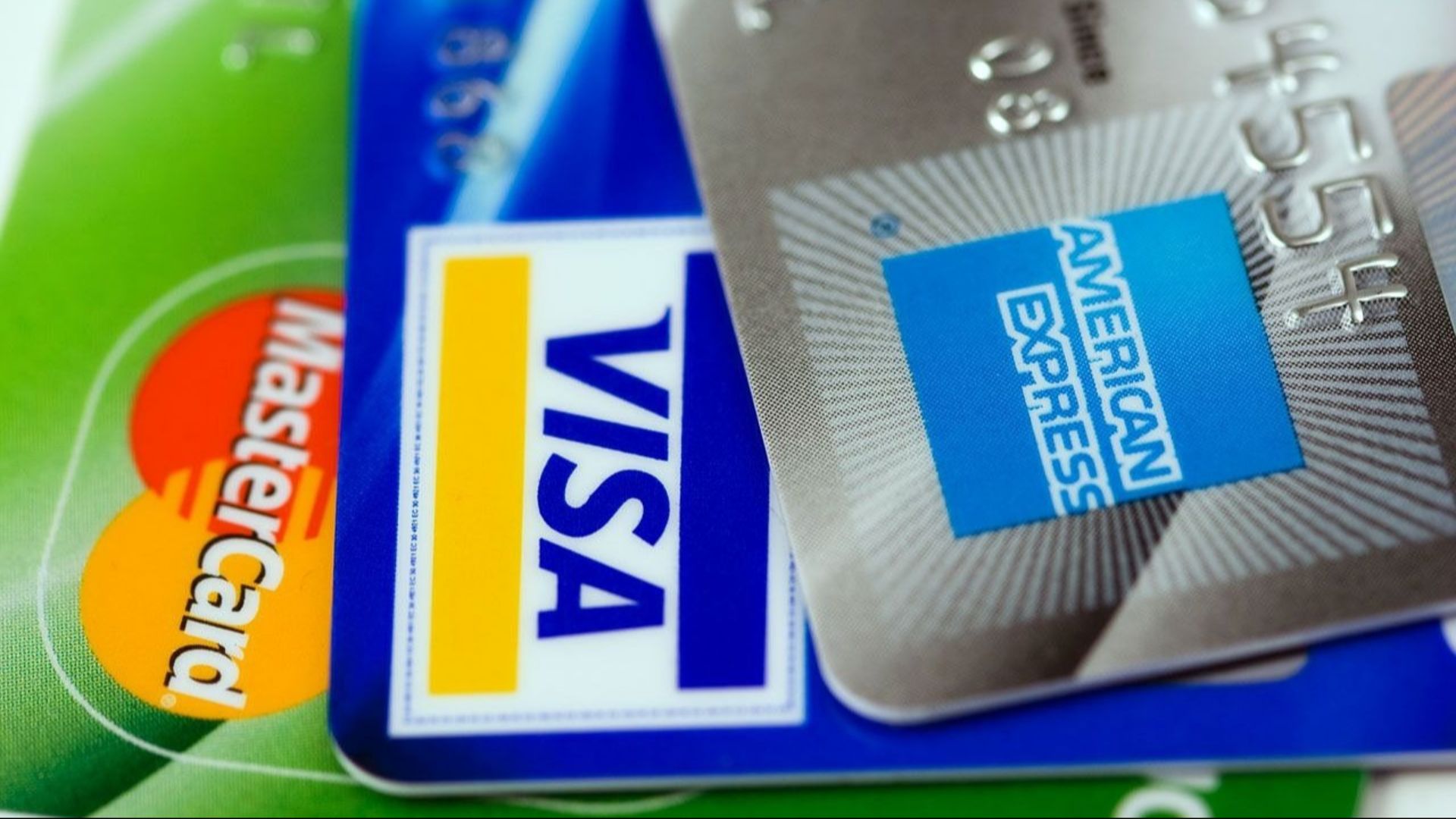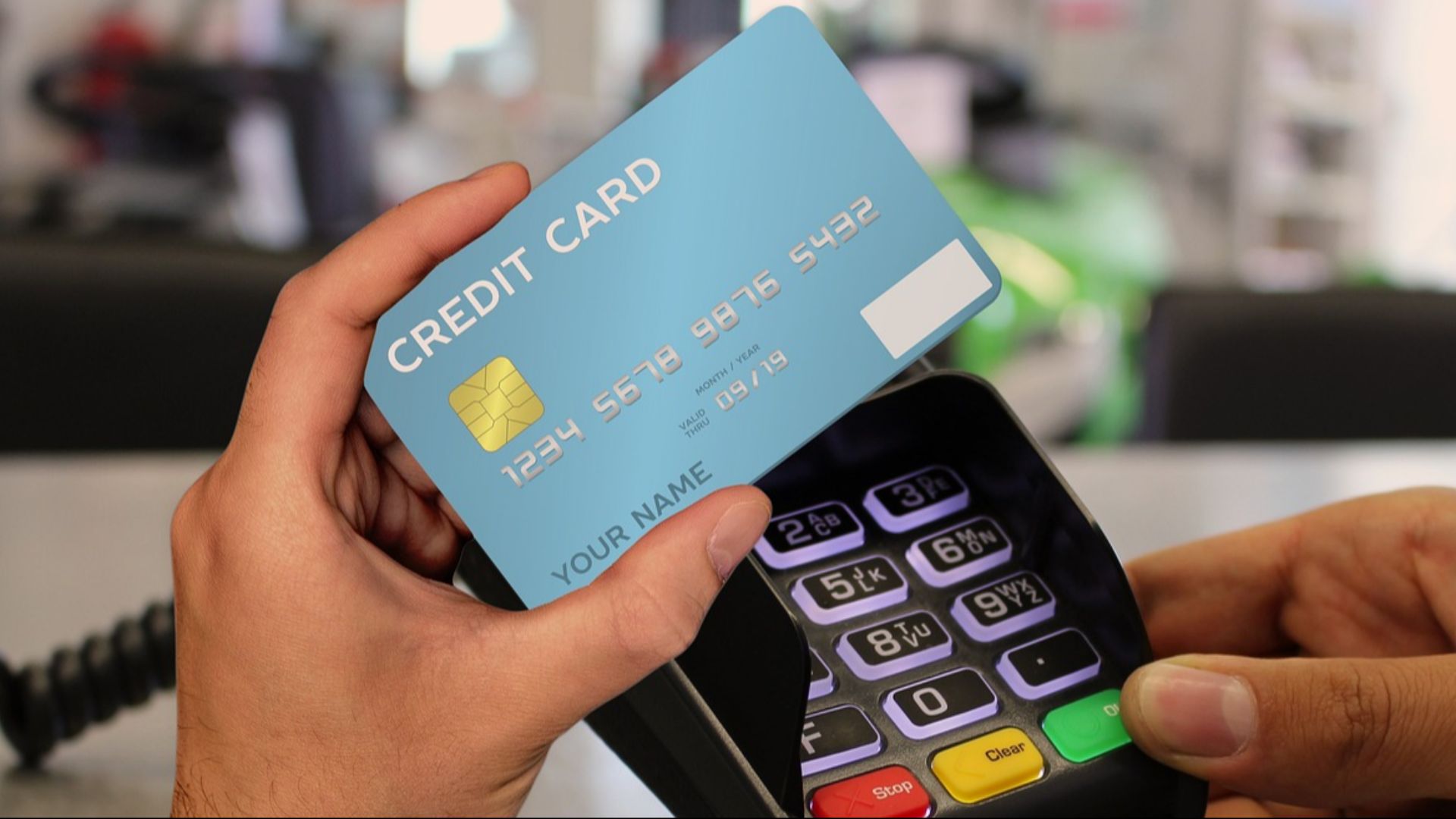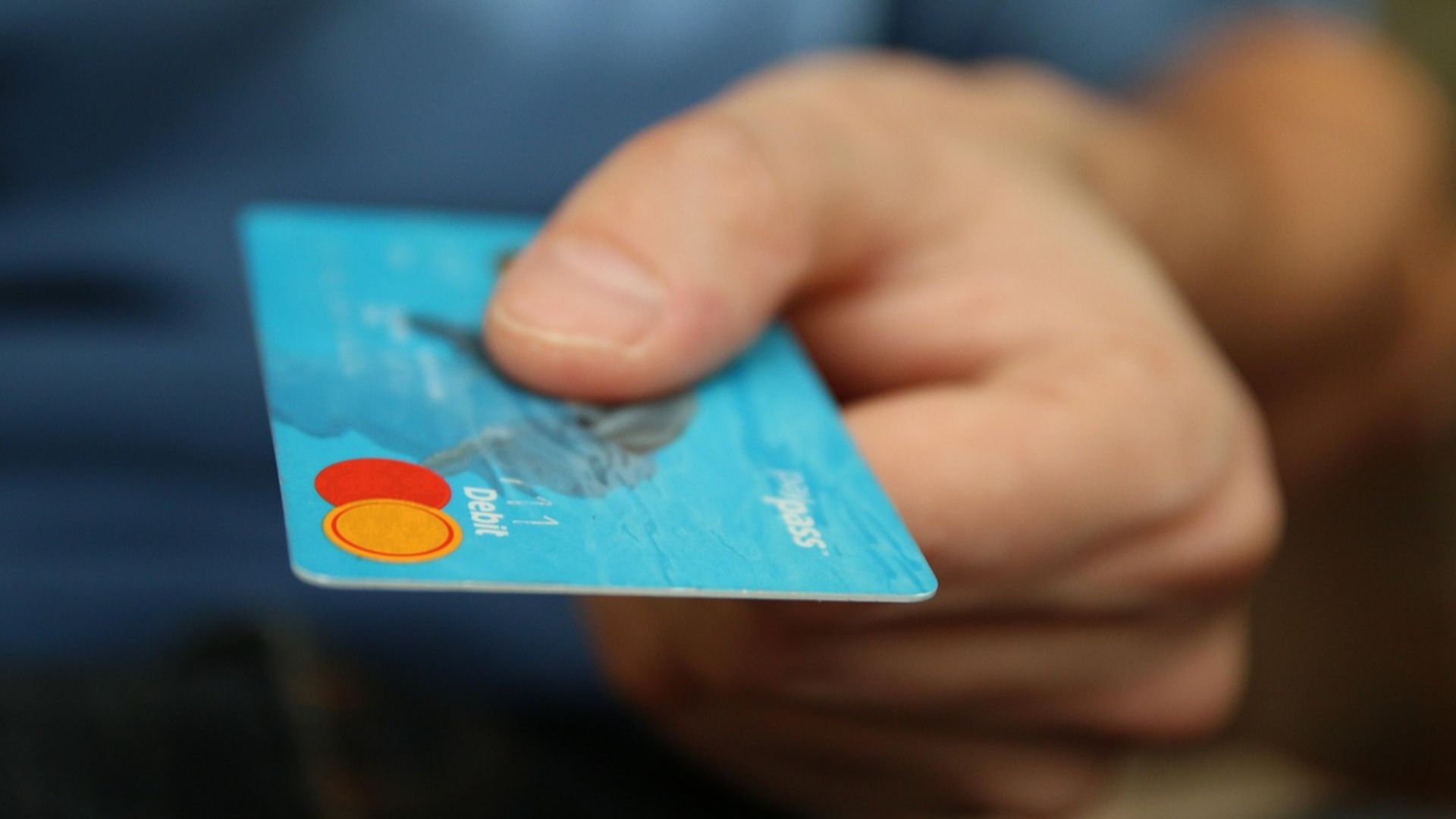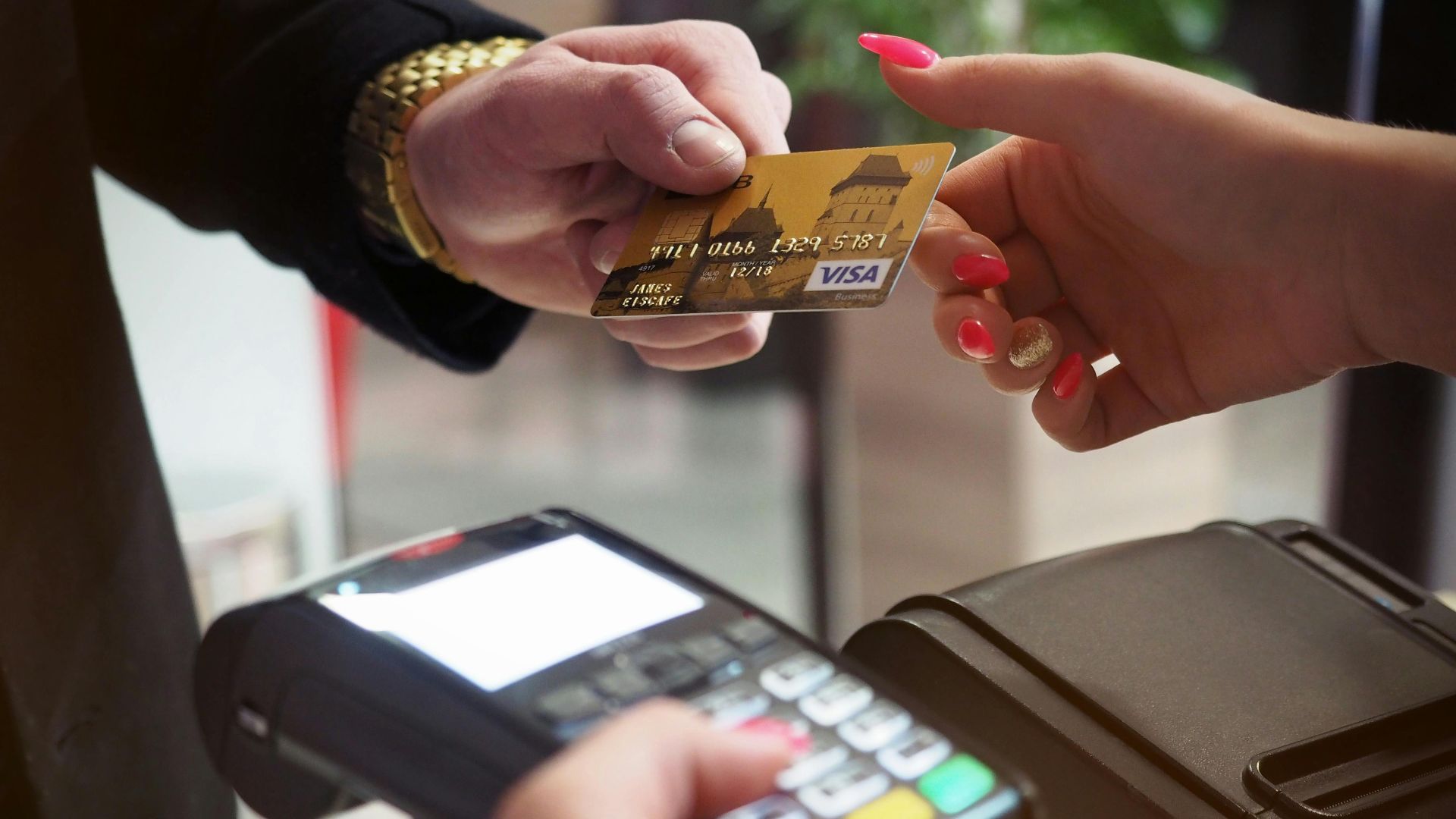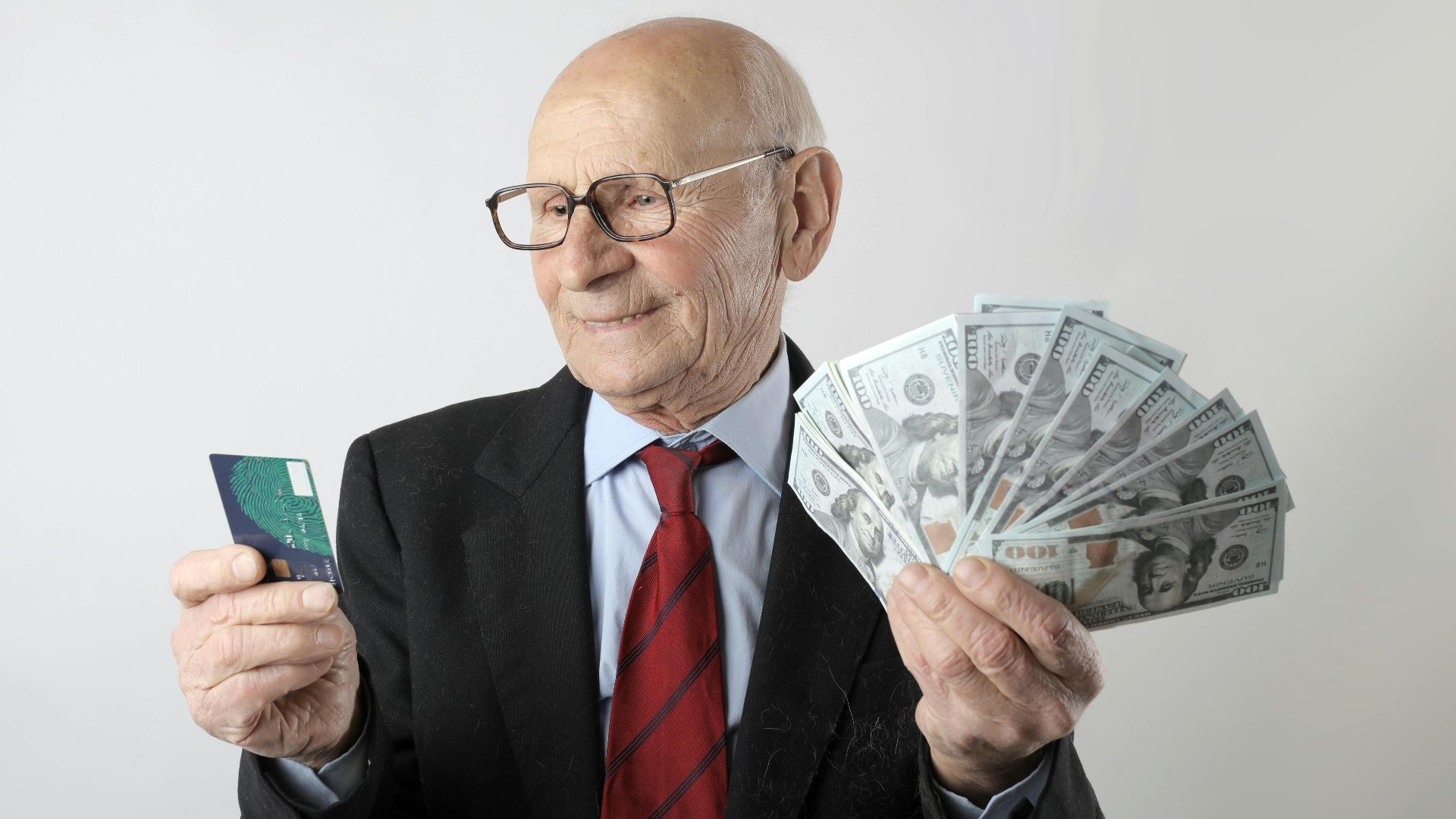A New Payment Idea Is Born In The 1950s
In 1950 in New York, a group of friends who often dined out together figured there had to be a better way to pay for their meals than carrying cash. That idea germinated when one of them forgot his wallet at home. This led the group to start up the Diners Club card, the first multipurpose charge card used across multiple merchants.
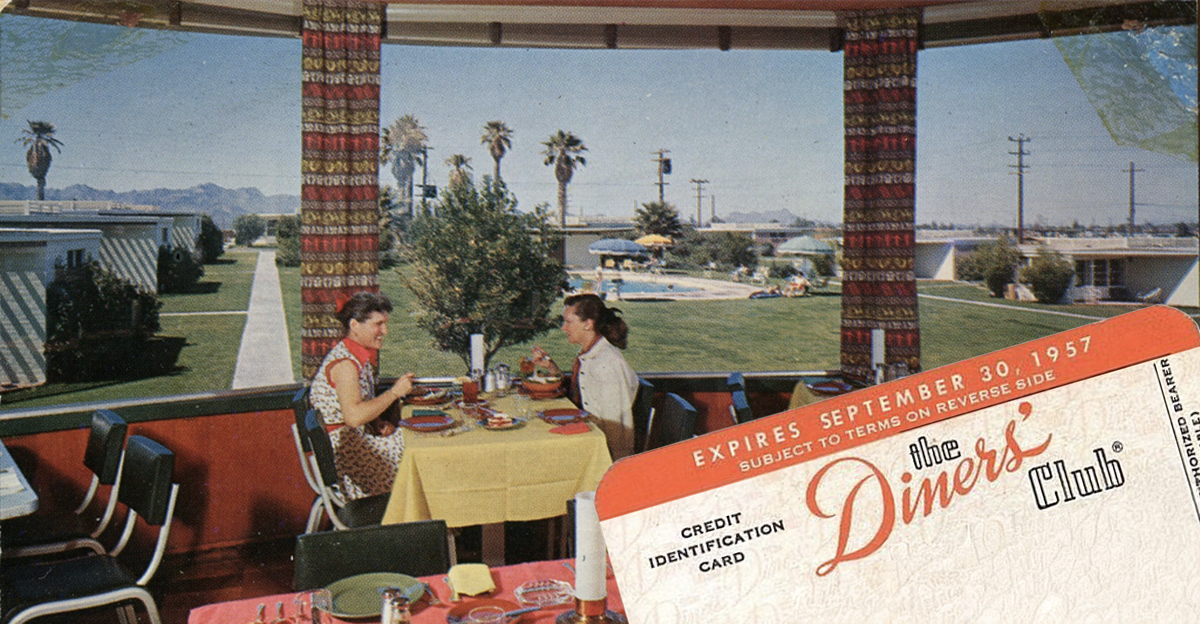
Launch Of The Diners Club Card
The Diners Club card debuted in 1950, initially accepted by 27 restaurants in New York. Cardholders would receive a paper card and bill their dinners to Diners Club, which paid the restaurant and then collected from the member. In those years the card was marketed a lot toward sales personnel who frequently wined and dined prospective customers.
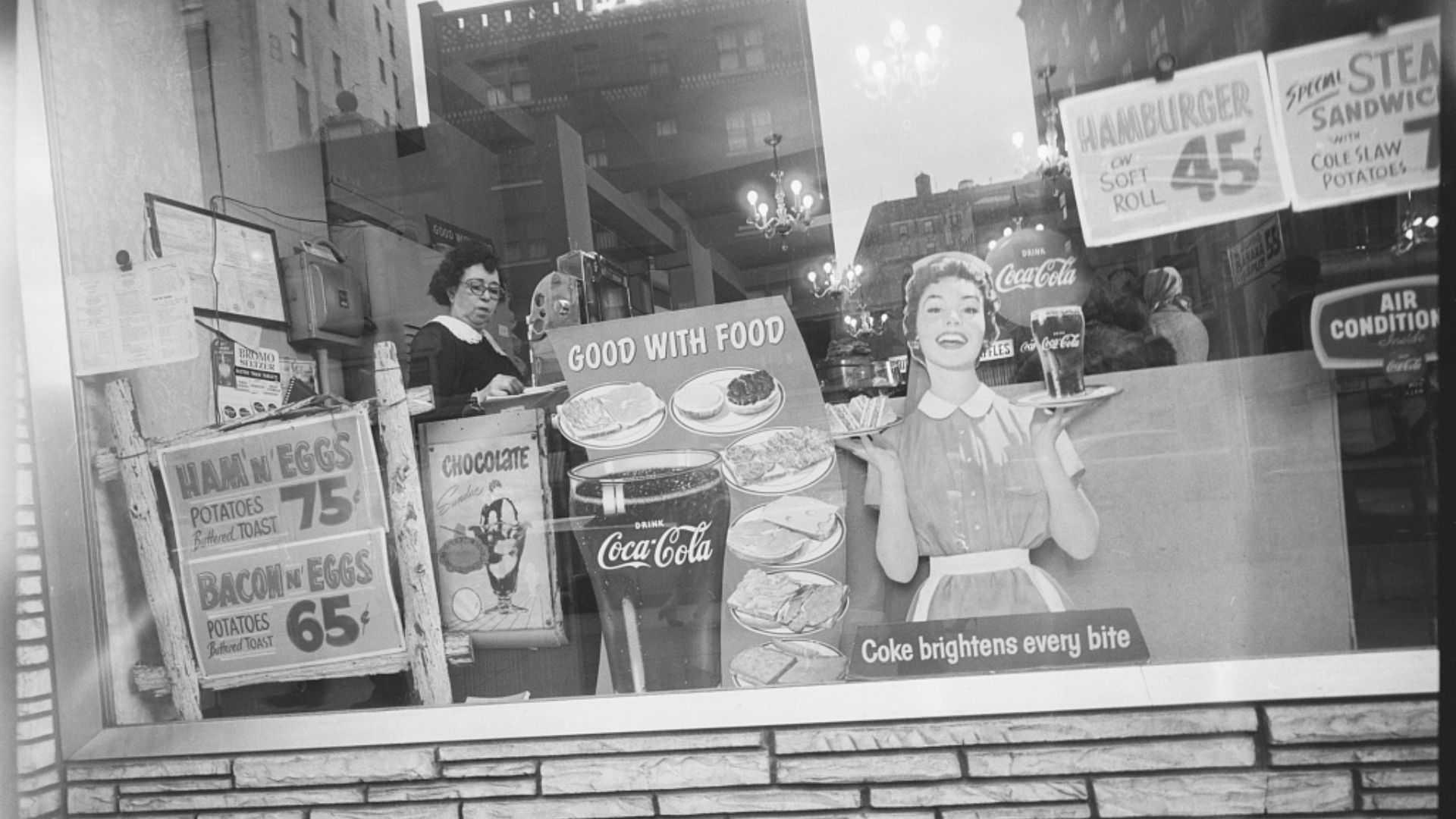 The Library of Congress, Wikimedia Commons
The Library of Congress, Wikimedia Commons
Credit Cards Then: Charge Cards Vs Revolving Credit
In that era, the Diners Club card worked more like a charge card than what we think of as a true credit card today: cardholders were expected to pay the full balance at the end of every month, instead of carrying a balance over time with interest.
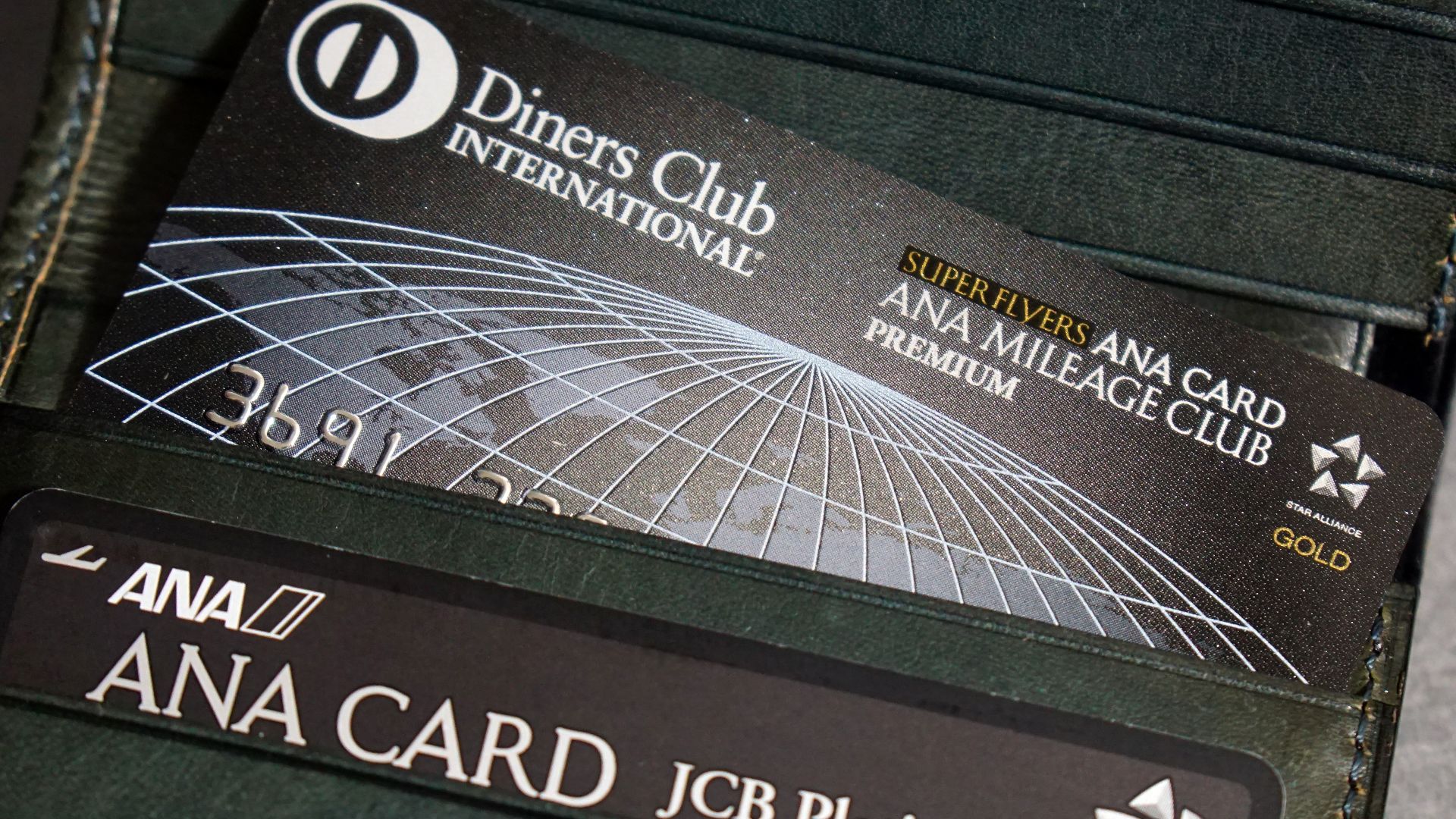 663highland, Wikimedia Commons
663highland, Wikimedia Commons
Early Debt And Credit Systems
In the early 1950s, personal credit was mostly a localized phenomenon: store accounts, installment plans for items like appliances or cars, and very limited plastic-based revolving credit. The idea of a universal credit card was completely new.
Why The Diners Club Card Grew
The Diners Club card grew steadily through the 50s and 60s because it provided convenience, status, and flexibility for frequent diners. Restaurants appreciated it because it increased their business and guaranteed payment. It was a social and business breakthrough for its time.
 Corsin Camichel, Wikimedia Commons
Corsin Camichel, Wikimedia Commons
Transitioning To General-Purpose Credit Cards
By the late 50s and 60s, banks started issuing their own general-purpose credit cards that could be used at all different kinds of businesses, and not just restaurants. The system had already begun to evolved from monthly-billed charge cards into revolving-credit cards.
Bank Credit Cards Hit The Ground Running
Several banks introduced their own cards: for example, in 1958 the BankAmericard by Bank of America along with many others. These credit cards gave cardholders the flexibility to carry over part of their balance for a fee, which changed the nature of consumer debt.
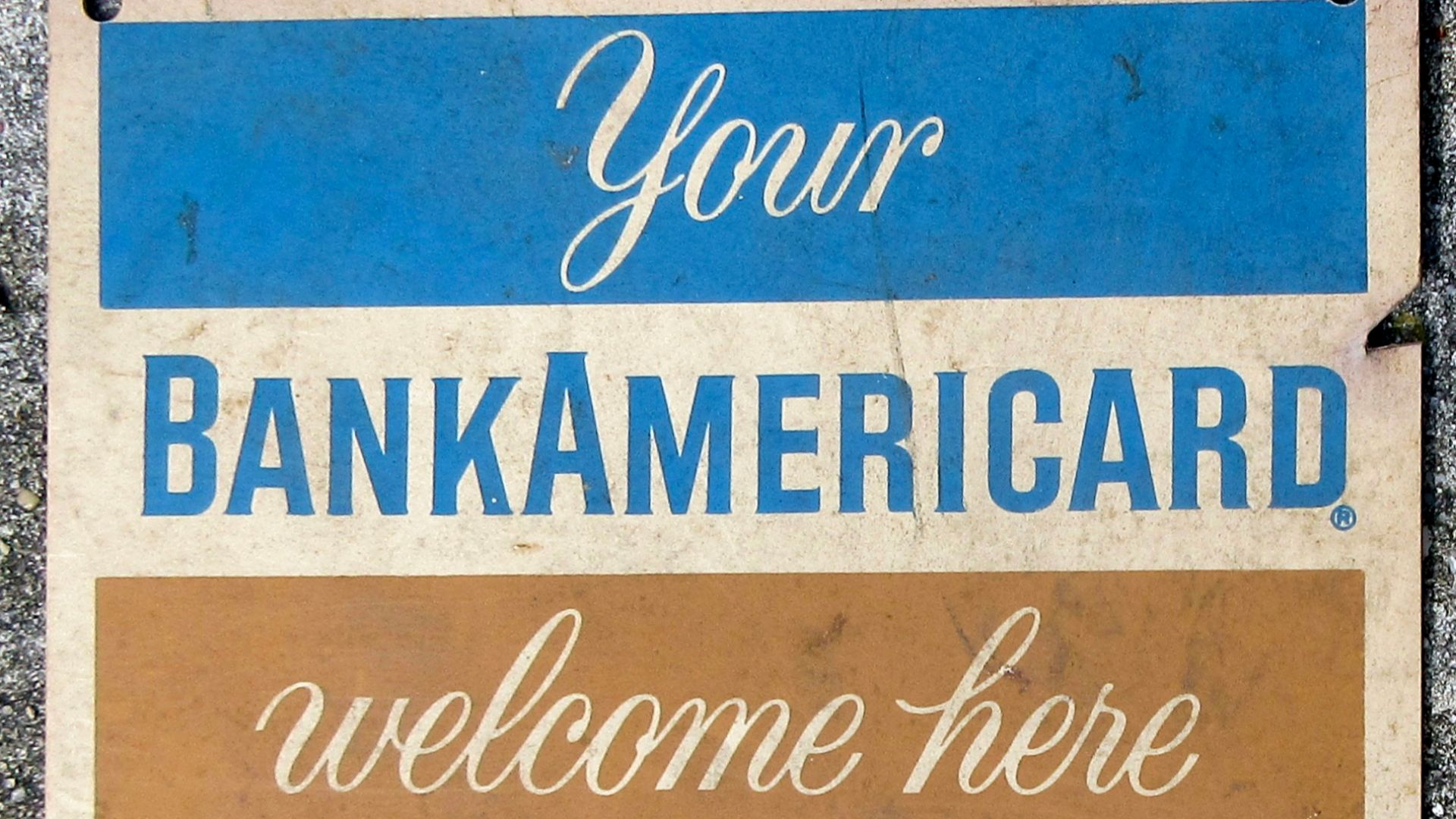 Infrogmation of New Orleans, Wikimedia Commons
Infrogmation of New Orleans, Wikimedia Commons
Credit Costs And Interest Rates
As credit cards evolved from charge to credit format, interest rates, fees and late charges now became a standard part of the equation. Consumers started to borrow regularly on cards, which was a lot less common in the early 50s.
Changing Consumer Behavior
With general-purpose credit cards, consumers started the shift over from paying monthly in full to flexing what they owed, making minimum payments, and treating cards like short-term loans. Along with the convenience, the risk of debt now became a bigger part of people’s daily lives.
Regulatory And Industry Responses
As card usage grew along with the debt risks to consumers, regulators and industry groups started to craft and put in place new rules: disclosures; late fees; and interest-rate regulations. These frameworks had been pretty much non-existent back in the early 50s.
Merchant Acceptance And Infrastructure
In the 50s, merchants had to join specific networks (restaurants for Diners Club). Gradually, the infrastructure expanded to terminals, merchant agreements, and charge-card networks, as part of the growing infrastructure of the burgeoning credit card industry.
The Consumer Credit Revolution
It may be said that credit cards democratized consumer access to credit. Younger consumers, people without traditional lines of credit, and those seeking greater convenience adopted cards faster than previous credit systems allowed. The new way of doing things had outgrown the narrow 50s Diners Club model.
Debt And Default Risks Grow
While early users of cards (like Diners Club) were obligated to pay in full every month, later models introduced revolving debt, minimum payments, and interest. This shift triggered higher default risk and changed the whole way that consumers looked at debt.
Technology And Globalization Played A Role
Over the decades, magnetic stripes, online processing, global acceptance and mobile payments transformed the physical way in which credit card purchases were processed. The simple paper card of the early 1950s wouldn’t fly today; in fact, it would be unrecognizable. The tedious knuckle-buster that printed the embossed numbers off on paper receipts is now hopelessly outdated.
Credit Cards And Consumer Psychology
The Diners Club era still placed an emphasis on status and trust. Later eras emphasized convenience and borrowing. Credit cards changed not only how people paid for things; they changed how people spent and how they regarded money. It was a big cultural and economic shift in our society. Debt now became more invisible, and much easier for people to justify.
Differences In The 1950s Credit Environment
Let’s review what financial life was like in the 1950s: fewer people held credit cards; credit checks were local; interest and credit-card debt were far less common. A lot of purchases were done either through cash or store credit, not universal plastic.
Credit Card Fees, Interest & Rewards
Today’s credit cards offer rewards and point systems, sign-up bonuses, balance transfers and all kinds of complex fee structures. These sorts of features were absent in the original Diners Club charge system, which was a simple system focused on convenience, not debt incentives.
The Modern Ecosystem Of Credit Cards
Now credit cards are tied directly to individuals’ credit scores, data-tracking, targeted offers, and integrated finance apps. The simple service of dinners-paid-for has now evolved into a complex financial infrastructure handling billions of dollars each day. The contrast to the 1950s could not be more shocking.
The Search For Fresh Debt
Credit card companies are famously aggressive when it comes to marketing, competing fiercely to lure consumers with promises of rewards, low introductory rates, and exclusive perks. The average American household receives roughly six new credit card offers every month, a flood of glossy mailers and digital pitches designed to capture attention and build loyalty before a rival can.
Fierce Competition
Issuers segment their audiences with pinpoint precision—targeting by age, income, and spending habits—and often sweeten the deal with sign-up bonuses that can feel irresistible. It’s a reflection of just how high the stakes are in the credit card market, where billions of dollars in annual interest and fees depend on who wins the battle for space in your wallet.
Lessons From Our Diners Club Card Origins
The Diners Club Card story shows how financial innovation can start out small. Even something as low-key as a group of friends hashing out an idea with the agreement of a handful of restaurants can evolve into a globe-spanning system. It also reminds us like never before that credit and debt both have to be managed responsibly.
Looking Ahead: Credit Cards And Consumer Finance
As credit cards evolve into virtual wallets, embedded finance, and digital banking, looking back on the origin of credit cards helps us to stay anchored amid what has changed and what still remains the same: humans borrowing money, trusting networks, and navigating risk. The legacy of the 1950s lives on.
You May Also Like:




